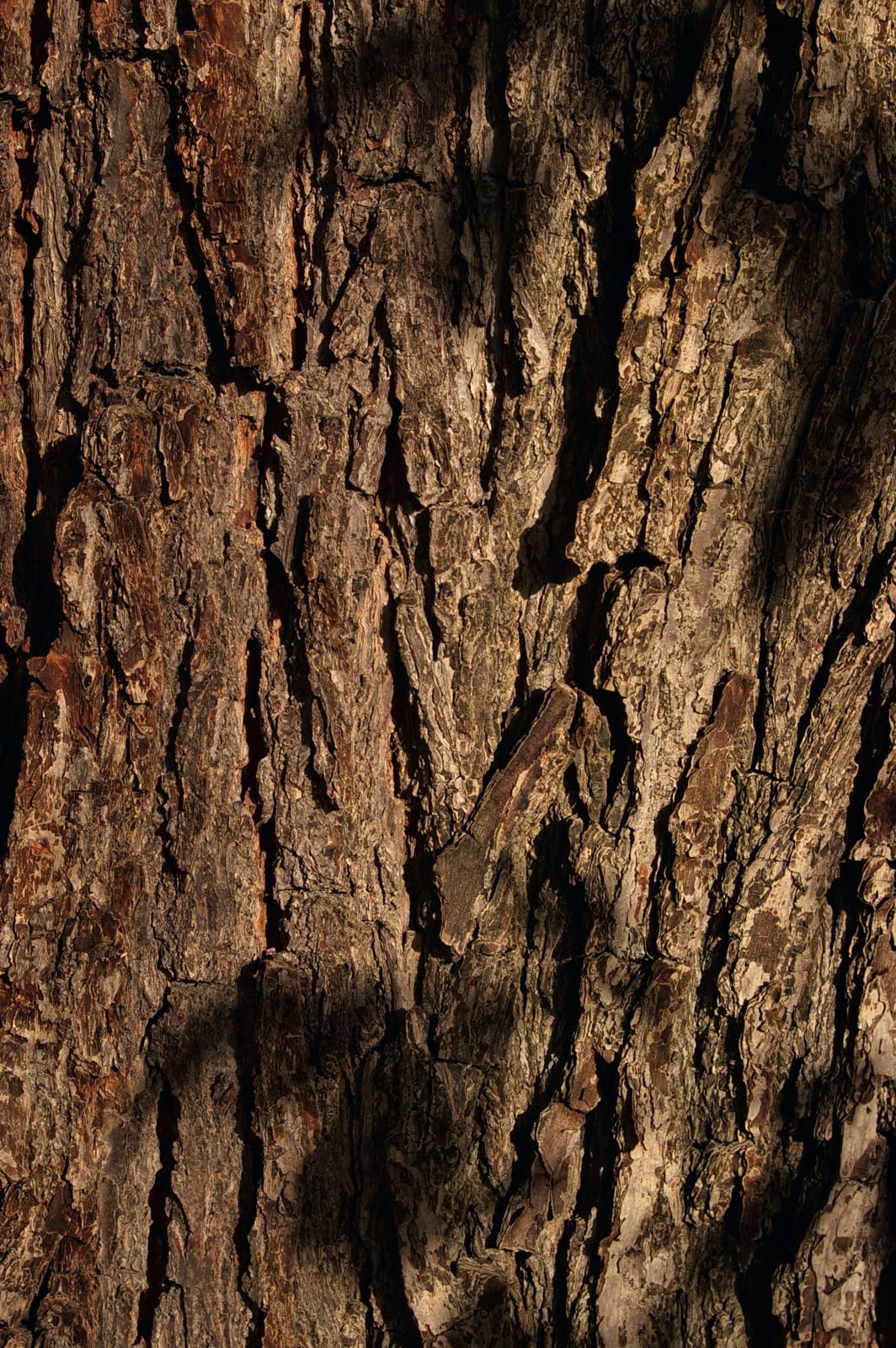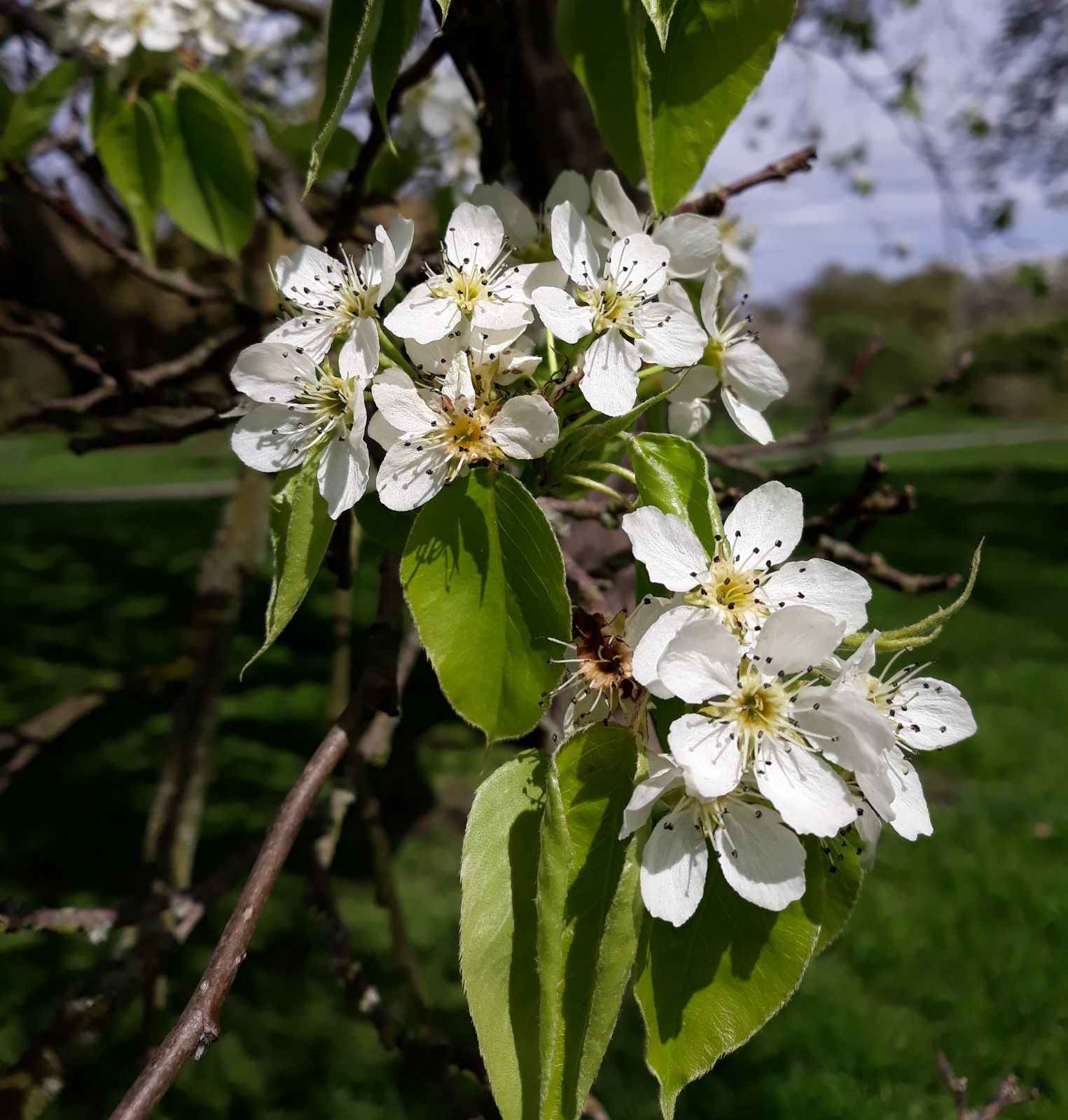Pyrus bretschneideri
Credits
Article from New Trees by John Grimshaw & Ross Bayton
Recommended citation
'Pyrus bretschneideri' from the website Trees and Shrubs Online (treesandshrubsonline.
Genus
Common Names
- Ya Pear
Tree 5–15 m. Bark thick, dark, coarsely furrowed. Branchlets robust, initially densely pubescent, later glabrous and purplish brown. Buds dark purple, scales with ciliate margins. Leaves deciduous, 5–11× 3.5–6 cm, ovate to elliptic, both surfaces initially tomentose, soon almost glabrous, margins serrate (sometimes with tiny spines), apex acuminate or rarely acute; petiole 2.5–7 cm long, densely tomentose; stipules caducous, membranous, 1–1.5 cm long, linear to lanceolate. Racemes tomentose with 7–10 flowers; pedicels 1.5–3 cm long. Flowers white, 2–3.5 cm diameter; sepals triangular with glandular margins and brown tomentum on the inner surface, petals ovate, 1.2–1.4 cm long, stamens ~20. Pome yellow with fine spots, ovoid to subglobose, 2–2.5 cm diameter, sepals caducous. Flowering April, fruiting August to September (China). Lu et al. 2003. Distribution CHINA: Gansu, Hebei, Henan, Shaanxi, Shandong, Shanxi, Xinjiang. Habitat Slopes in dry, cold regions; between 100 and 2000 m asl. USDA Hardiness Zone 5. Conservation status Not evaluated. Illustration NT684. Cross-reference K74. Taxonomic note Jacobson (1996) considers P. bretschneideri to be a hybrid between P. pyrifolia and P. betulifolia.
Despite having been introduced to the United States in 1882, by Emil Bretschneider (Jacobson 1996), this remains a rare tree both there and elsewhere. Its merits are demonstrated by a big old specimen at Kew, measured at 17 m in 2001 (TROBI), which in autumn turns into a pillar of gold. This was received from Yashiroda in 1925, and although it has a slight lean to avoid a neighbour, is hale and hearty, with dense branching to the base. There are also two nice trees at the Hillier Gardens. The leaves, even when not in autumn plumage, are appealing, being aspen-like on long petioles, dark green but paler below. The yellow fruits are eaten in China, where there are selections with ‘excellent fruit’ (Lu et al. 2003).


